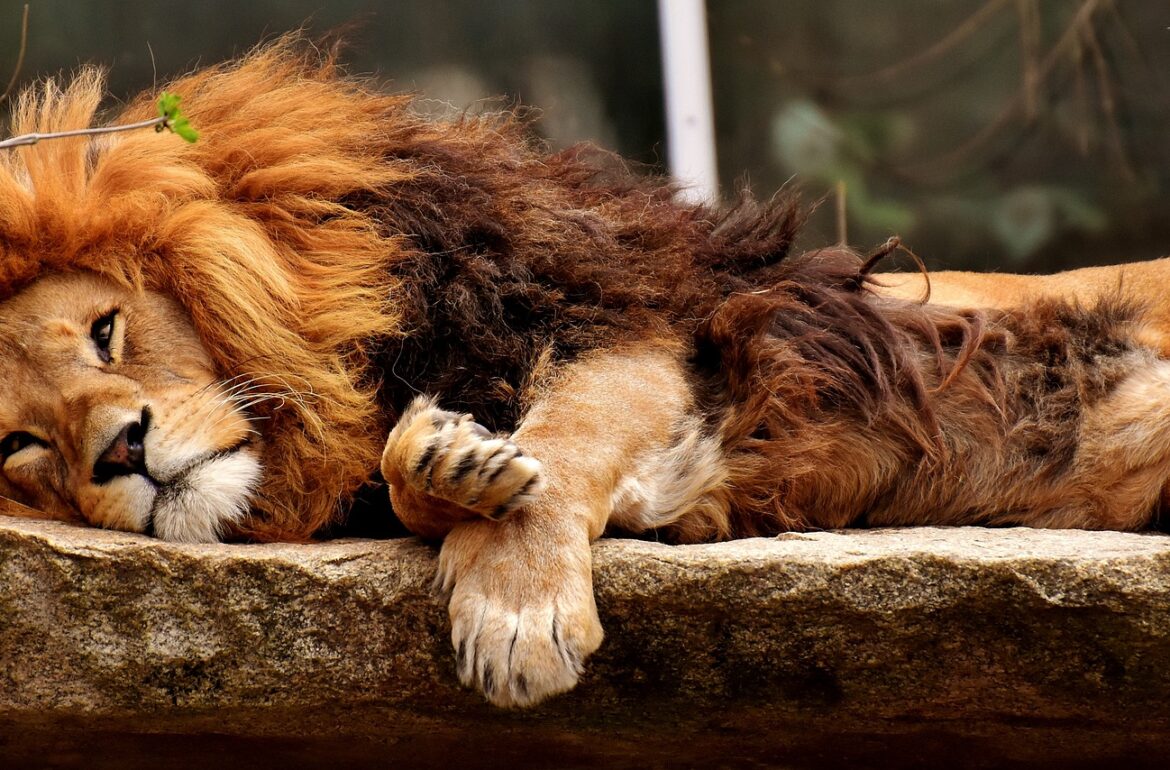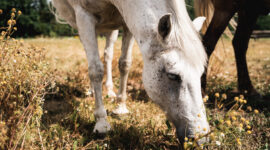According to a review paper by an Estonian expatriate scientist Kaia Tombak, males are larger than females in nearly 45% of mammalian species. The findings from the study, conducted with more rigorous methodology than previous studies, challenge Charles Darwin’s frequently cited claim that males are larger than females in most mammalian species. The study also suggests that previous estimates were often based on a narrow range of charismatic species.
In his book The Descent of Man, Charles Darwin stated that males are generally larger than females among mammals, indicating sexual dimorphism. “The book was published in the 19th century, and Darwin formulated this claim as common knowledge without presenting any evidence. And yet, he is still quoted on this matter to this day,” points out Kaia Tombak, a Canadian-Estonian post-doctoral fellow at Purdue University.
“Our data suggests that the claim ‘males are larger than females in most mammalian species’ is not supported.”
Critical works regarding Darwin’s position have been published since the 1970s. American zoologist Katherine Ralls was the first to question this claim. “She noticed that in reality, dimorphism is not particularly extreme among most mammalian species,” says Tombak. “She found that monomorphism, where males and females are the same size, is actually very common, especially among taxa with a large number of species, such as rodents.” Ralls also demonstrated that, contrary to previous beliefs, females are surprisingly often actually larger than males.
Ralls’s scepticism (1) inspired several review papers in the next decades. The aim was not necessarily to dispute Darwin’s claim but to statistically verify its validity. Tombak and colleagues have now conducted a similar study. “We employed more rigorous statistical methods than previous studies,” she says. “Our data suggests that the claim ‘males are larger than females in most mammalian species’ is not supported.”
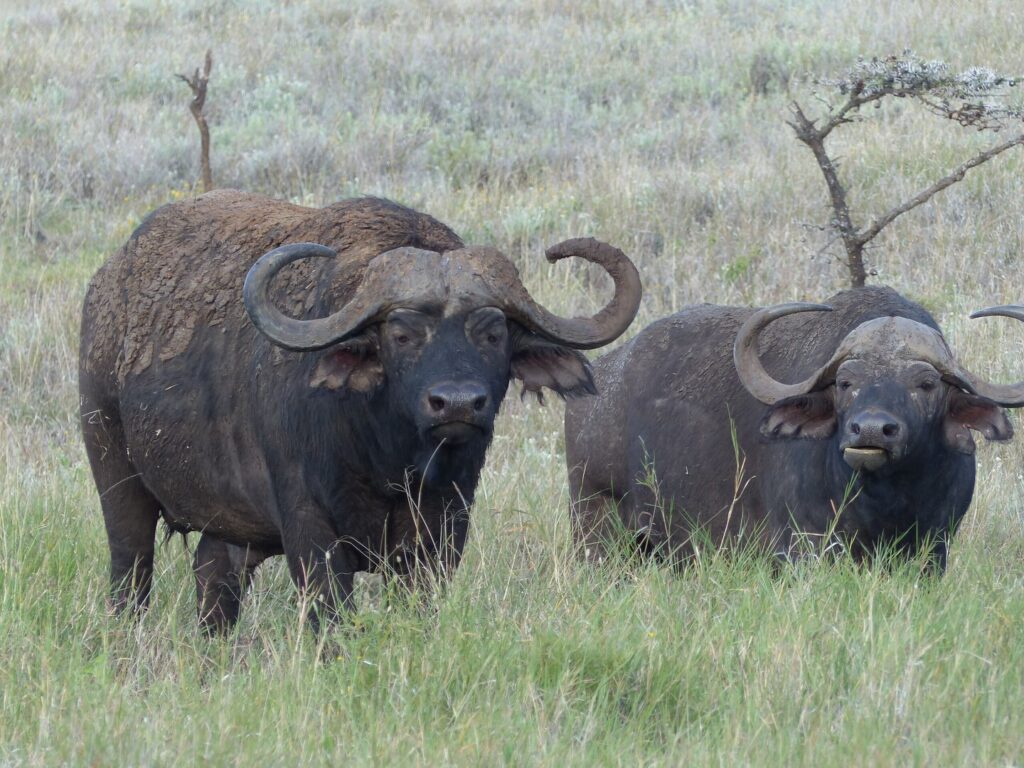
Smaller, but more rigorous
According to Kaia Tombak, their new study was innovative precisely due to its methodology.
“We are not the only ones to have shown that Darwin’s claim may be inaccurate. We are, however, the first to present it as a compelling argument.”
Namely, the authors of previous studies used analyses of poor statistical quality. For example, they considered the average body mass of males and females of each species. “However, these are just two numbers that cannot be compared using statistics,” she says. “More information is needed for that.”
She also says that, as a result, studies based solely on averages were somewhat arbitrary: in each study, the authors selected a certain threshold percentage of body mass differences, beyond which one sex was deemed larger than the other. “For some, the difference started at five, for others at ten and for some at 20 per cent – each study had its own approach,” Tombak explains.
Some previous studies, on the other hand, used ratios of the two averages to describe differences. In this case, the average body mass of males was divided by the average body mass of females in each species. “If this ratio was above one, males were deemed to be larger. If this ratio was below one, females were deemed to be larger,” says Tombak. In other words, any difference, no matter how large or small, was interpreted as a definitive difference in size.
The most comprehensive study to date, conducted by Swedish zoologist Patrik Lindenfors in 2007, encompassed over 1300 mammalian species and combined both threshold and ratios, according to the post-doctoral fellow. “At the 10% threshold, they arrived at exactly the same outcome as us: Males are larger than females in 45% of mammals,” she explains. “However, this does not imply a majority.” When looking at ratios, they obtained a result greater than one, so Lindenfors’s team ended up holding on to the narrative of larger male animals.
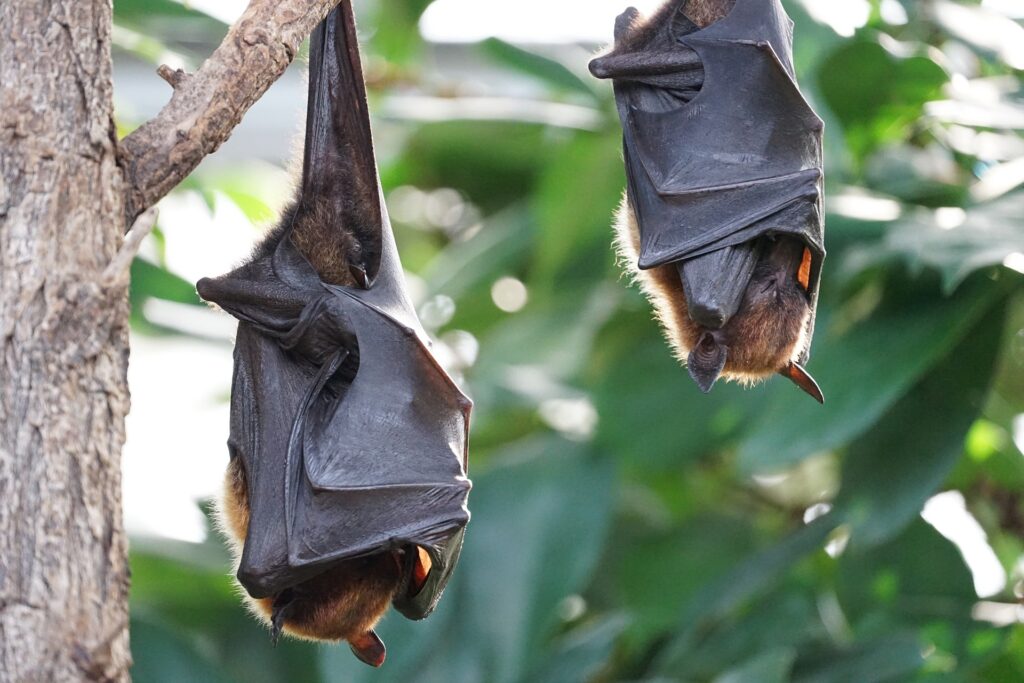
Tombak, along with her colleagues, were able to collect these data for 429 mammalian species. Although this only encompassed 5% of all mammalian species worldwide, the authors, as noted by the post-doctoral fellow, prioritised data quality. “We spent nearly three years combing through literature,” she says. “We tried to find data on male and female measurements that included both the mean and dispersion, i.e. standard deviation.” With a more diverse dataset, they were able to conduct basic statistical analyses for each species and determine whether there was a difference in size.
They found that males were larger than females in 45% of mammalian species. “This is not the majority of mammals, although males are larger in a large number of species,” says Tombak. Additionally, they found that males and females were the same size in 39% of the species studied, suggesting that monomorphism is also relatively common. In 16% of the species studied, however, females were found to be larger in size.
“Secondly, we noticed that previous reviews were biased in terms of taxonomy. Most of the available data is on carnivores, primates and ungulates, the so-called charismatic species,” notes Tombak. While the latter have been studied extensively, about 2/3 of mammals are actually rodents and bats. In nearly half of rodents, both sexes are the same size. “Interestingly, however, females are larger in nearly half of bats,” she says.
“Thus, if we’re interested in what is the norm among mammals, data should be weighted towards these groups more.” In their study, they weighted the data based on the number of species in each mammal group studied.
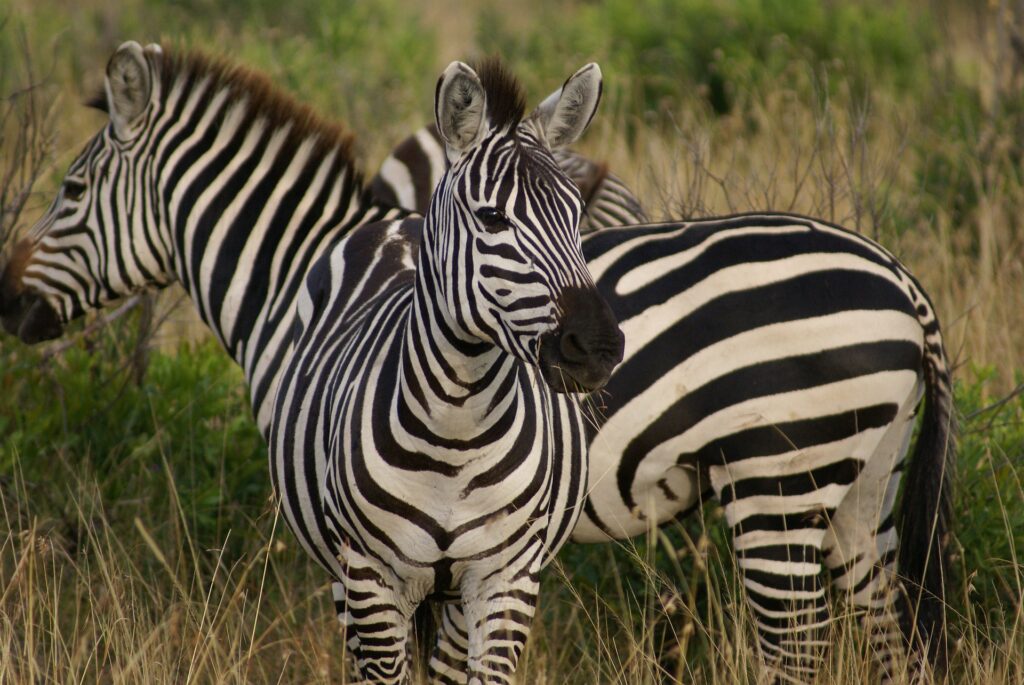
The diverse palette of reproduction strategies
According to Kaia Tombak, the results of the study change the overall approach. “It’s important to understand the entire pattern.” she explains. “If, as a pattern, it’s very common for males and females to be the same size, then this already affects the kinds of questions we should ask in our research.”
“Looking at the diversity of female preferences, there’s a lot of evidence that many of them prefer to mate with a friendly and familiar male who treats them well.”
According to the post-doctoral fellow, if males are larger than females in less than half of mammals, we cannot speak solely of competition between males. Rather, it’s the diversity of reproductive strategies among both sexes that deserves consideration. “Looking at the diversity of female preferences, there’s a lot of evidence that many of them prefer to mate with a friendly and familiar male who treats them well. There’s evidence for this among baboons, for example,” she says. There’s also examples of fierce competition between females.
According to her, there is a hypothesis about bats that states males should be smaller and more agile in order to fight in the air. A female bat, on the other hand, will benefit from a larger size to better provide transport for the fetus. However, among Grévy’s zebras for example, we see sperm competition. “Some species produce a large quantity of sperm and flush out the previous male’s sperm from the female’s reproductive tract,(2)” Tombak describes.
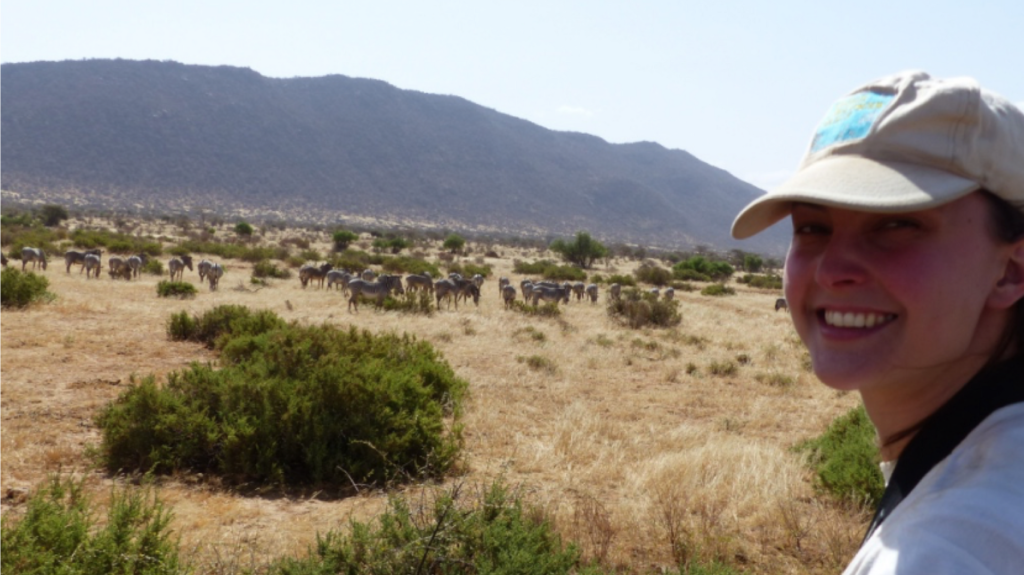
The Estonian name is deceptive
Kaia Tombak is a second-generation Canadian-Estonian. “My grandparents fled from Estonia to Canada during the Second World War,” she tells us. “Both my parents and I were born in Canada and I have never lived in Estonia. “I did, however, live in Finland for five years.”
“There is a vibrant Estonian diaspora community in Toronto. We have an Estonian House and many Estonian camps where people come together every summer to organise events.”
While living in Finland, she visited Estonia on several occasions. She also participated in the XXV General Song Festival as a choir singer in 2009. “There is a vibrant Estonian diaspora community in Toronto. We have an Estonian House and many Estonian camps where people come together every summer to organise events. I go to an Estonian choir every week,” she says. Although she has strong ties to Estonian language and culture, she considers herself both Estonian and Canadian.
As a researcher, Tombak has no contacts with Estonian colleagues. She does, however, recall a chance encounter with researchers from the University of Tartu at a conference in Madagascar. “A researcher from the University of Tartu came up to me and said ‘Tere!’ when they saw my name,” she remembers, smiling.
As a researcher, she is primarily interested in social evolution: how animal societies evolve and how they are shaped, for example, by predators or diseases. “At the Master’s level, I studied the social behaviour of the Ugandan red colobus, and my doctoral thesis was on Kenyan zebras. In my first post-doctoral project, I studied lowland gorillas in Congo, and now in the second one I am studying savannah chimpanzees in Senegal,” she lists.
“If you go along with mainstream views just because they make sense to you, you’ll miss some of the patterns.”
According to Tombak, as more and more people from different backgrounds are involved in science today, there are also more perspectives on previous truths than before. “We just need to look at what the patterns in nature actually are,” she says. “If you go along with mainstream views just because they make sense to you, you’ll miss some of the patterns. For some of us, these views also seem less logical than for others. It’s all a matter of perspective.”
Personally, she would like to explore the issue of dimorphism further, but from a slightly new perspective. In fact, most studies are based on body mass data, which are freely available for many species. According to Tombak, these aren’t always the best choice. “For example, bat experts say that body mass can change very quickly in bats because their metabolism is so fast,” she explains. “They are more likely to measure body length, typically using the length of the forearm as a measure of body size. I think that an in-depth analysis of body length differences between the sexes could be very interesting.”
Kaia Tombak and colleagues have published their work in the journal Nature Communications. Read the article: HERE.
This article was originally published on the Estonian Public Broadcasting online news portal. Written by: Airika Harrik
(1) Kaia Tombak’s comment: This isn’t quite right. Ralls was widely cited since she was the first to actually look at the evidence on rates of dimorphism in mammals, but she was also often ignored and also miscited several times as having supported the ‘larger males’ narrative. I would say that her work was acknowledged but it wasn’t really seen as a challenge to the narrative in a serious way. Subsequent reviews explored the question for subsets of mammals (e.g., in rodents, where monomorphism was found to be the norm, in primates, where larger males were the norm) and a couple others reviewed it for all of mammals but largely conformed to the narrative, even when their findings weakly supported it.
(2) Kaia Tombak added: “which reduces selection for larger body size in males”.
 Back
Back